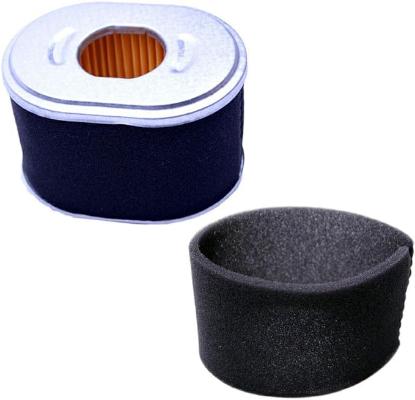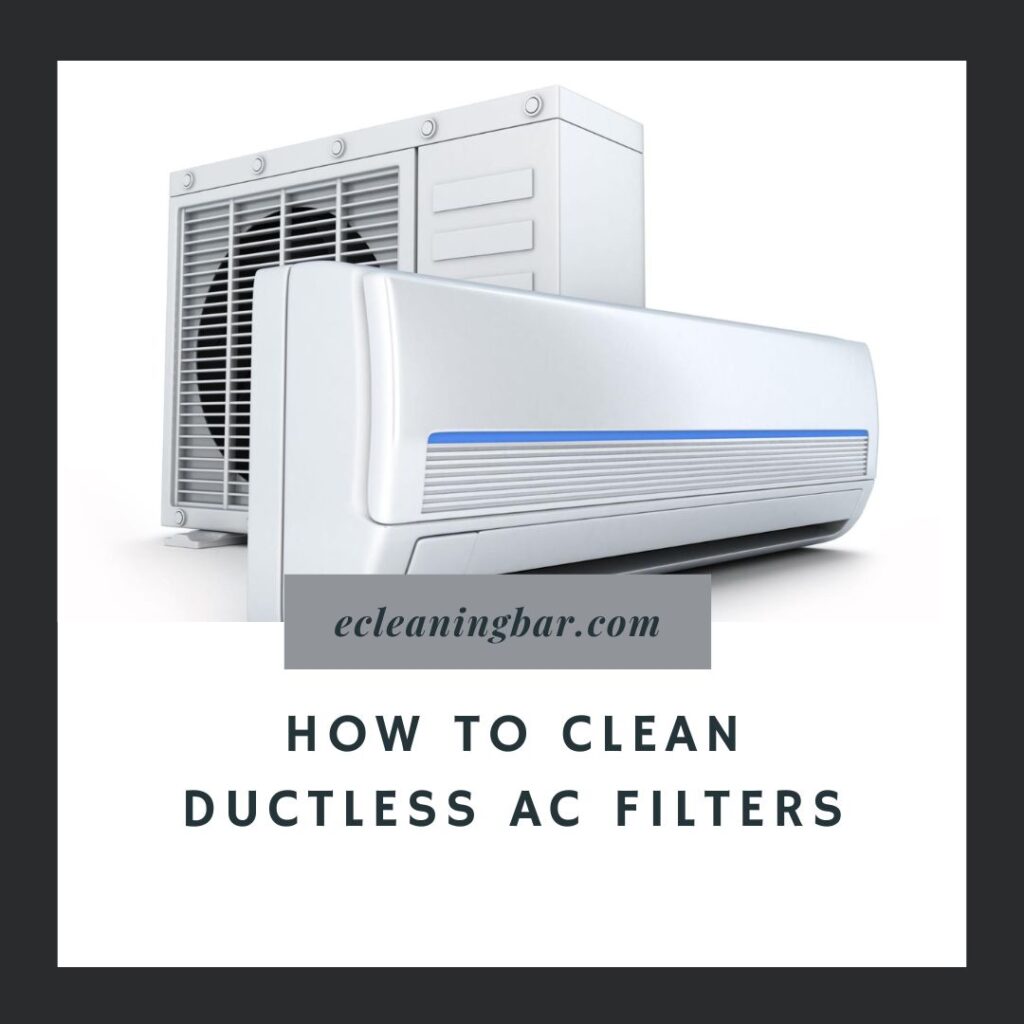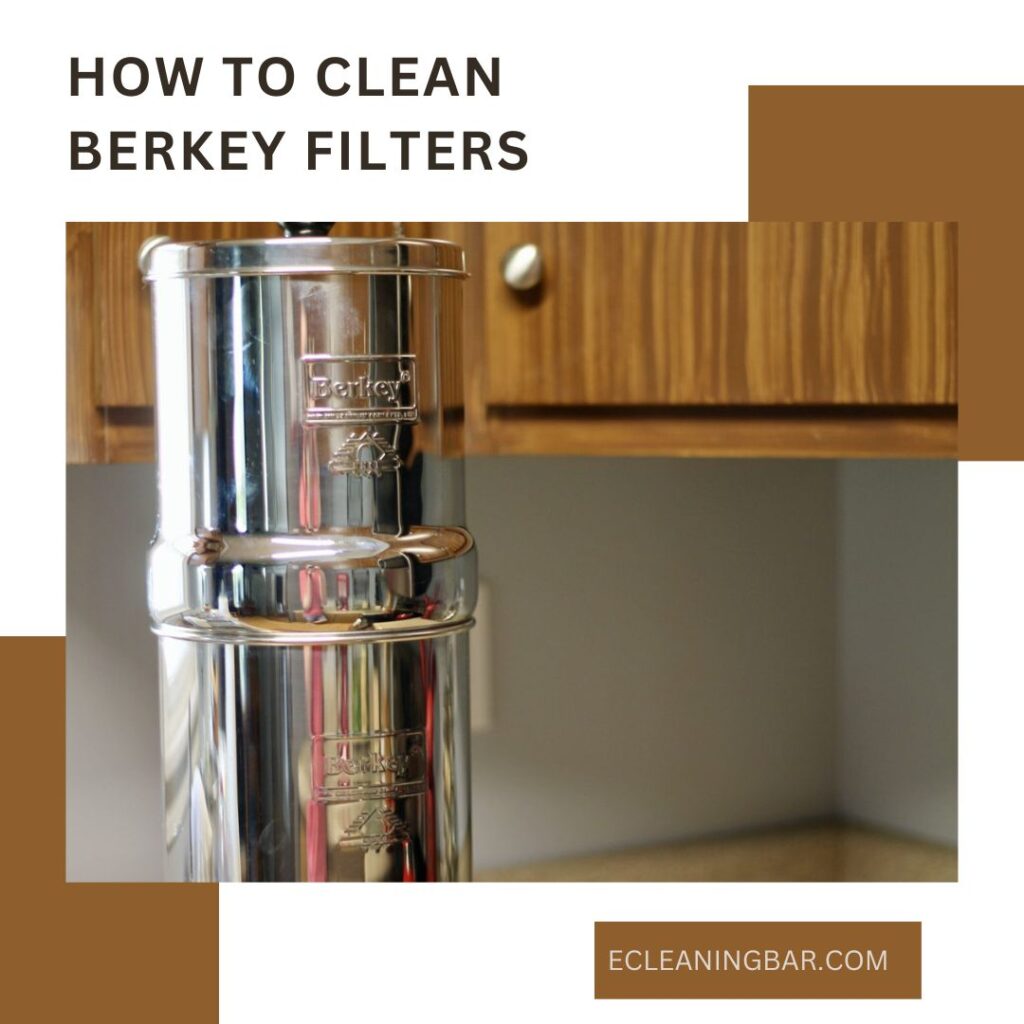The best air purifiers reduce the negative effects that air pollution has on your family and work to enhance the quality of the air within your house. They do this by cleaning the air you breathe on a daily basis. Furthermore, portable air purifiers may target a wide range of pollutants in your home, such as smoke, undesirable odors, dust, and pet dander, to mention a few.
Certain contaminants can be present in indoor air at levels up to five times higher than those found outdoors. While many air purifiers fall short of their marketing hype, not all of them are equally efficient in mitigating the hazards associated with indoor air pollution.
How Air Purifier Works:
The usual parts of an air purifier are 1: One or more filters and a fan for drawing in and circulating air. 2: Clean air is blasted back out into the living space while pollutants and other particles are absorbed into the filter when air passes through it. The materials used to manufacture filters are paper, fibre (typically fibreglass), or mesh; to maintain their effectiveness, the filters’ elements must be changed frequently.
How Gradually You Need To Change Filter:
There are Reusable and washable filters, however the most efficient air purifiers typically don’t have them because they need special care. In general, reusable filters work well at eliminating bigger airborne particles like pollen and dust mites. Additionally, there are UV (ultraviolet light) filters available on the market that make the claim to eliminate biological contaminants like mould or bacteria; however, many of these filters need to be exposed to higher wattages in order to be successful, and certain bacteria are resistant to UV light.
How Air Purifiers Are Designed?
Many filters available on the market are made to collect dust, smoke, and pollen particles; however, they are not intended to collect gasses, such as volatile organic compounds (VOCs) or radon, which can be accumulated by cleaning agents, adhesives, or paints. For it, an absorbent such as activated carbon would be needed.

How To Clean Air Purifier Filter:
There Are Two Types Of Filters
I: HEPA Filters
II: Foam Filters
The term High-Efficiency Particulate Air is abbreviated as HEPA. Within a multi-layered netting composed of extremely tiny fibreglass threads (far thinner than a hair strand) with varying-sized gaps, HEPA filters trap particles of different sizes. A dense layer of tiny fibers that has been pleated and sealed within a metal or plastic frame makes up the filter. Achieving the greatest airborne pollution capture rates. True HEPA filters are found in every model listed in the Good Housekeeping Institute’s extensively tested list of the top air purifiers available.
Particles are caught in the filter by the air purifier’s fan, which sucks air into the filter. While mid-sized particles are caught via interception (the particle touches the fibre and is captured), larger particles (those larger than the fibres) are grabbed by impaction (the particle crashes into the fibre). Diffusion collects the tiniest, ultra-fine particles (during zig-zagging, the particle will finally hit and stick to the fibre).
Vacuum cleaners and certain air purifiers usually use cylinder filters, which are known as HEPA filters. As flat filters, they are also used in HVAC systems. How is a HEPA filter cleaned? Well, you don’t always.
Make sure to check the users manual to determine if you can clean your HEPA filter before you go on a cleaning frenzy.
Some of these filters are meant to be thrown away and replaced because they can’t be cleaned thoroughly. As per the manufacturer’s instructions, disposable filters should normally be thrown out approximately once every 12 months.
If It Is Washable Filter

It may be washed, proceed as directed by the manufacturer. If you can’t find the instructions, you can rinse the filter in cold water after soaking it in warm water for
a few hours to get rid of all the dust. If pet hair is present, remove it using a soft brush (such as an old toothbrush). You might wish to perform a pre-rinse if there is caked-on dirt.
Before you reinstall the filter, make sure it is totally dry. An overly wet filter may clog and restrict airflow. It may also be the perfect place for mould to thrive. Nobody desires that.
If It Is Not Washable:
You can still clean your air filter with these permanent, non-disposable HEPA filters even if it isn’t washable. If it’s an air purifier filter, use your vacuum’s upholstery attachment to remove as much dust and debris as you can.
If the filter is permanent for a vacuum cleaner, place it in a garbage bag and dab it with a little bit of water. To get the dust out of the filter, close the bag and give it a shake.
The damp cloth will catch the most of the dust, but take caution when taking the non-washable HEPA filter out of the bag. You don’t want to get a face full of dust. Before reinstalling the cleaned filter in the vacuum, make sure it is totally dry. When you’re finished, discard the rag and the bag.
Alternatively, you can take the HEPA air filter outside and use a can of compressed air to blow it clean. Put on a mask to protect your lungs from the dust and debris that is in the air.
How To Clean Foam Filters

Pre-filters are the foam filters found in vacuums and air purifiers. Before they reach the HEPA filter, bigger airborne particles like pet hair are essentially captured by these washable filters. These are easier to clean and have a little more durability.
- Use warm water to rinse the filter.
- Put a few drops of dish soap in makes the filter foamy.
- Make sure all of the soap residue is gone by giving it a thorough rinse until the water flows clean.
- Wring out any extra water gently.
- Air dry the pre-filter.
FAQs:
1: How Filters Can Be Cleaned By Vinegar?
- Fill the basin with warm water and vinegar; soak the filter.
- After 60 minutes, remove it from the water.
- Remove excess moisture by squeezing.
- After taking the filter from the soak, gently squeeze it dry.
- Before putting it back into the apparatus, let it air dry.
2: How Many Times You An Air Purifier Should Be Cleaned?
A purifier that is used constantly will require more cleaning than one that is only occasionally used, so this will vary from home to home. However, to fully benefit from air purifiers, manufacturers typically advise replacing or cleaning the filter every three to six months.
3: Can We Add Fragnance In Air Purifier Filter?
Yes , a little spray of essential oil on filters can help air purifiers to produce fragnance all over the place.
Final Words
Air purifiers can alleviate the symptoms of respiratory illnesses. You may rest assured that your loved ones are breathing in clean air with the help of an air purifier. It contributes to maintaining a healthy environment in your home.

